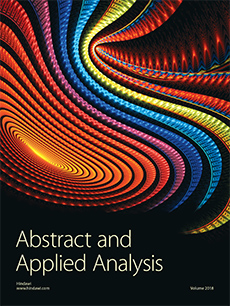Abstract
Malaria is a public health problem for more than 2 billion people globally. About 219 million cases of malaria occur worldwide and 660,000 people die, mostly (91%) in the African Region despite decades of efforts to control the disease. Although the disease is preventable, it is life-threatening and parasitically transmitted by the bite of the female Anopheles mosquito. A deterministic mathematical model with intervention strategies is developed in order to investigate the effectiveness and optimal control strategies of indoor residual spraying (IRS), insecticide treated nets (ITNs) and treatment on the transmission dynamics of malaria in Karonga District, Malawi. The effective reproduction number is analytically computed, and the existence and stability conditions of the equilibria are explored. The model does not exhibit backward bifurcation. Pontryagin’s Maximum Principle which uses both the Lagrangian and Hamiltonian principles with respect to a time dependent constant is used to derive the necessary conditions for the optimal control of the disease. Numerical simulations indicate that the prevention strategies lead to the reduction of both the mosquito population and infected human individuals. Effective treatment consolidates the prevention strategies. Thus, malaria can be eradicated in Karonga District by concurrently applying vector control via ITNs and IRS complemented with timely treatment of infected people.
Citation
Peter M. Mwamtobe. Shirley Abelman. J. Michel Tchuenche. Ansley Kasambara. "Optimal (Control of) Intervention Strategies for Malaria Epidemic in Karonga District, Malawi." Abstr. Appl. Anal. 2014 (SI37) 1 - 20, 2014. https://doi.org/10.1155/2014/594256





